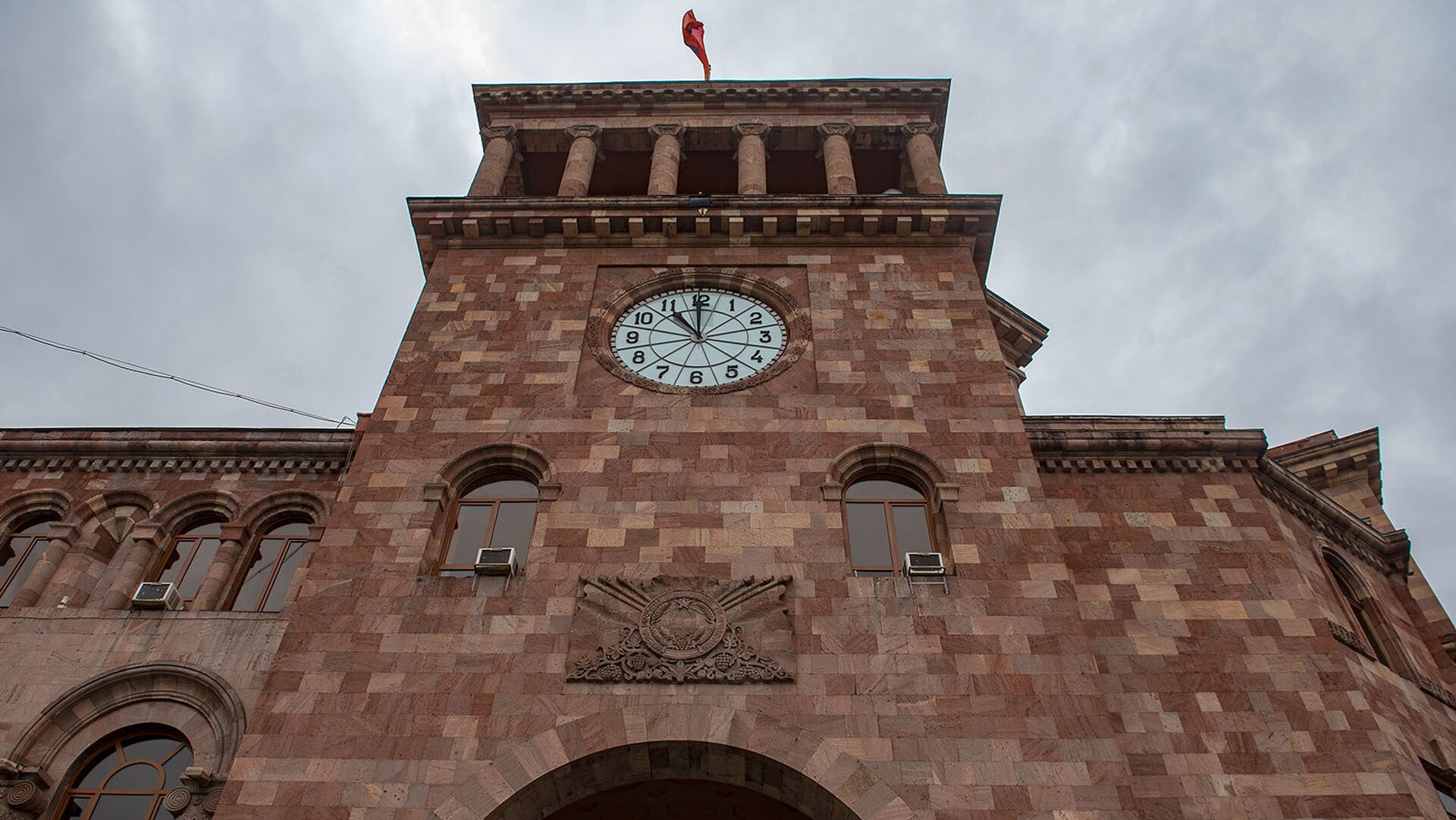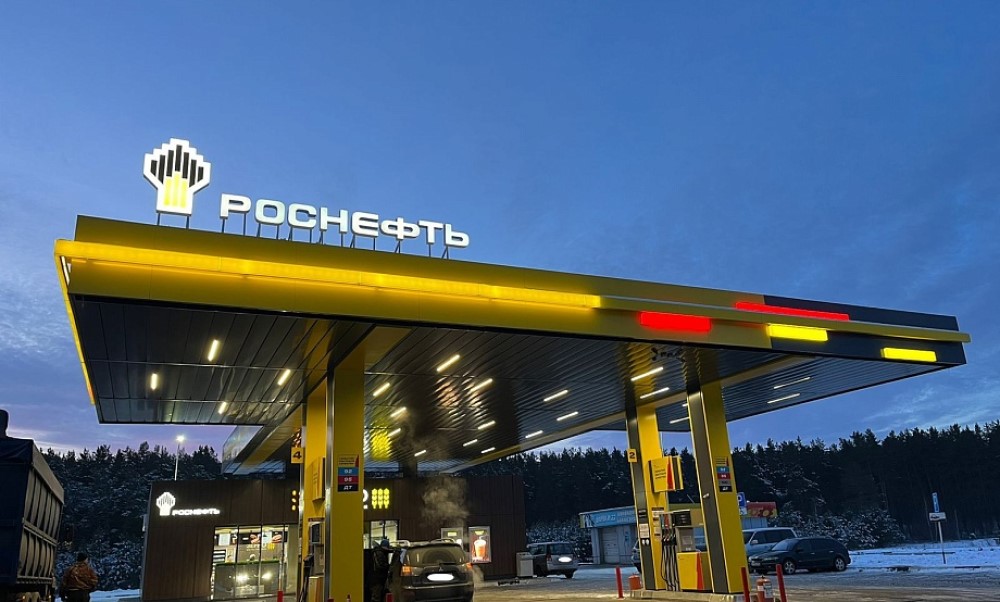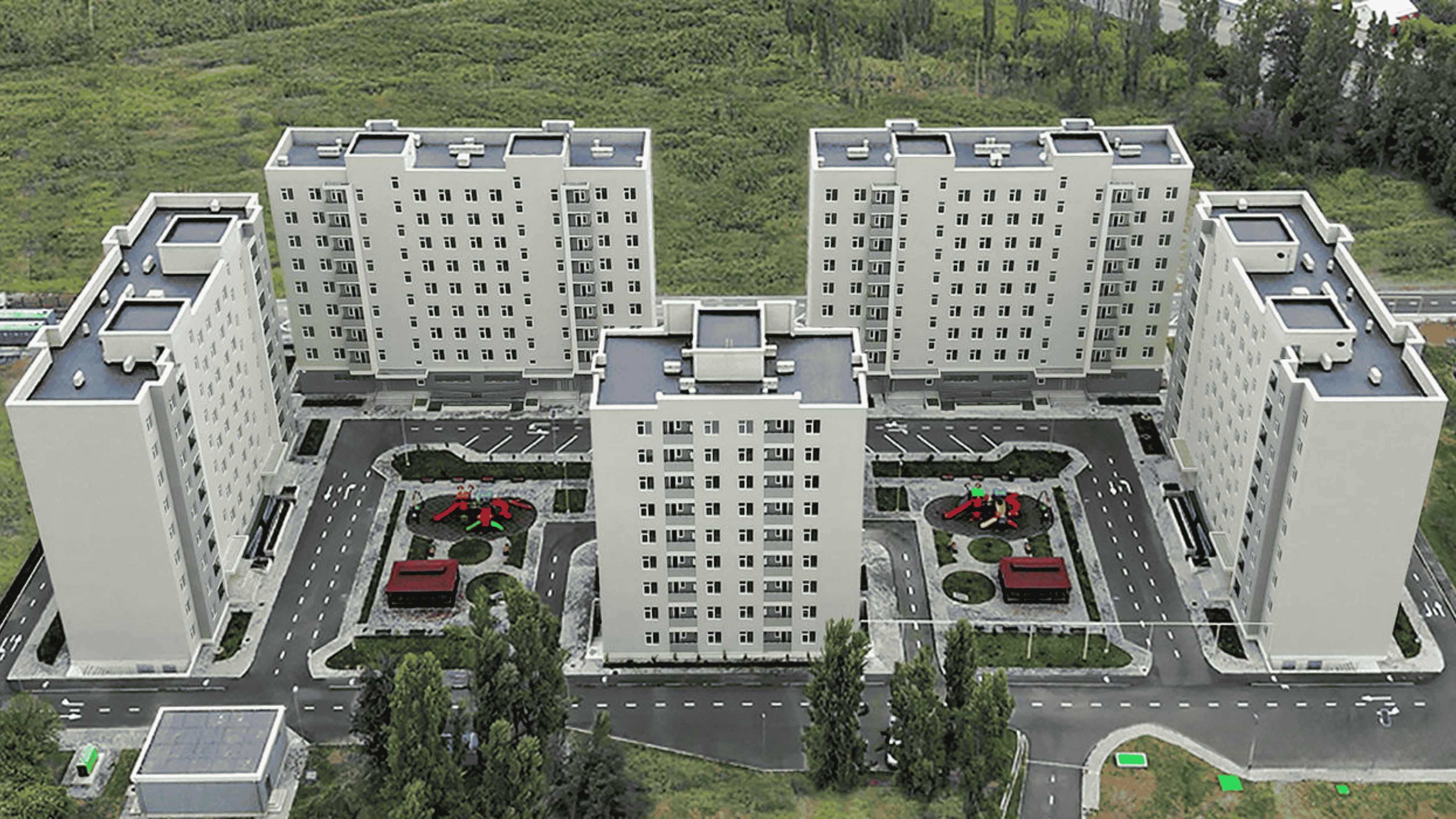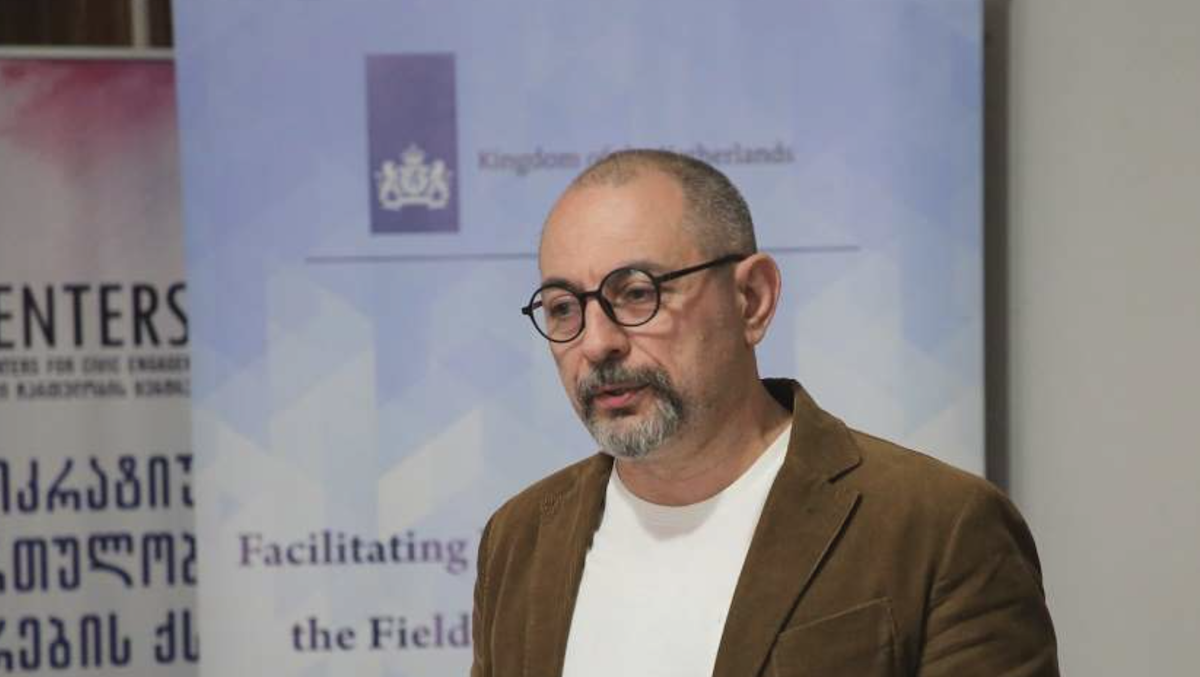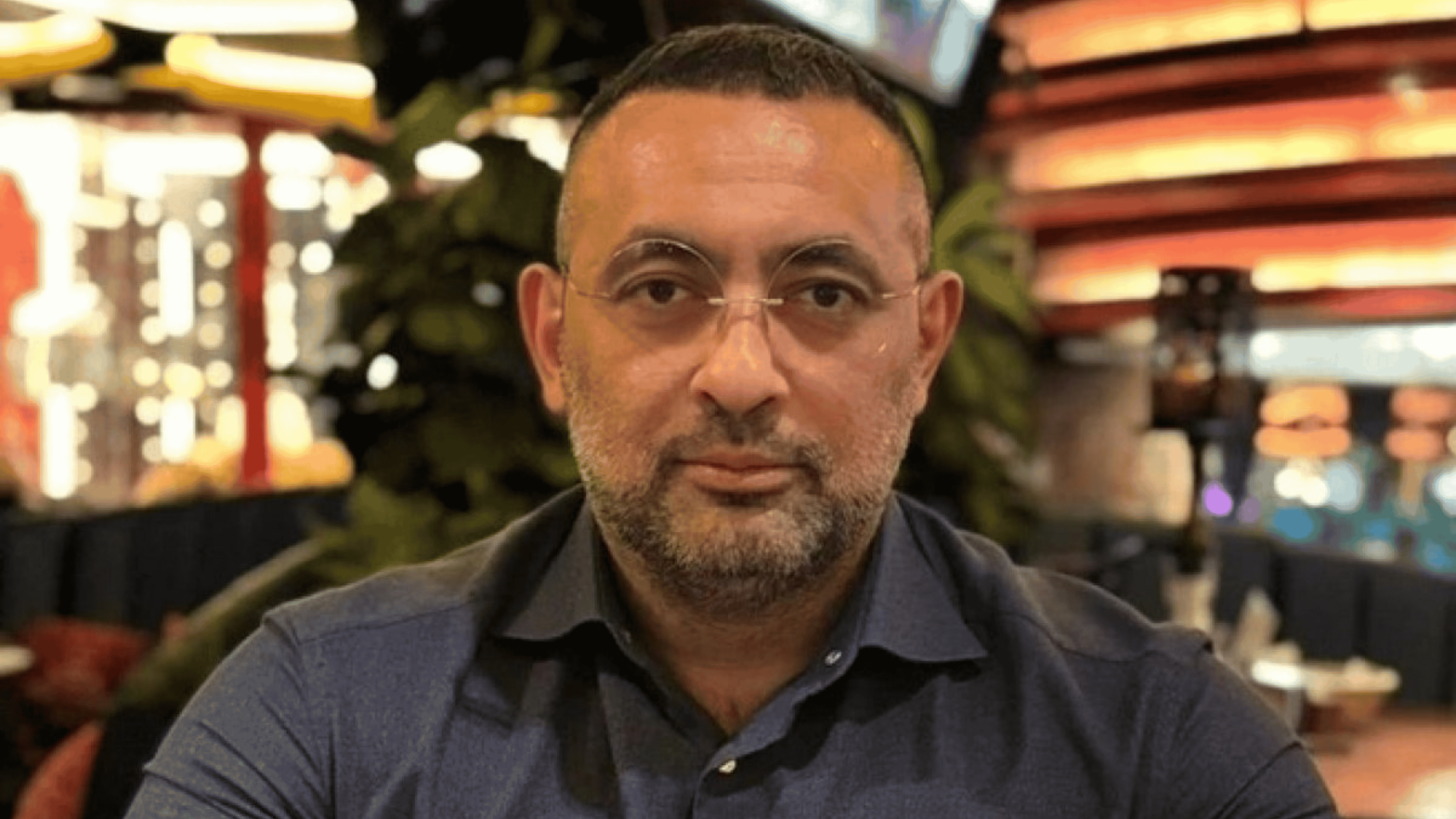Is Russia actually preparing to invade Ukraine?
Russian invasion of Ukraine
According to the Conflict Intelligence Team (a group of independent Russian bloggers investigating the circumstances of armed conflicts through open sources) Russia is actually preparing for a large-scale military operation along the Ukrainian border. But this does not mean that such an operation will necessarily take place.
Scenarios of possible developments of the Ukrainian crisis were analyzed in the Conflict Intelligent Team blog on the Ekho Moskvy website.
1. The build-up of forces is nothing more than an information campaign
However, if this is the case, then its goal has definitely been achieved.
The West has already been forced into important negotiations, which have the following result:
• The West is clearly ready to put up with the presence of Russian troops in Belarus.
• The West is now seeking to return the situation around Ukraine to the status quo of 2020, not 2013.
• Thus, Russian control over Crimea and Donbas has been de facto legitimized.
2.Possibility of a large-scale operation with an attempt to capture and occupy large cities of Ukraine.
3. Limited operations, for example:
• Capture of the parts of Donetsk and Lugansk regions controlled by Ukraine
• The defeat of the professional military units of Ukraine in order to destroy its defense capability and force the country into new negotiations on Russian terms. This was already done in Minsk in 2015 during the battles for Debaltseve.
• Destruction of Ukraine’s military infrastructure by missile and bomb strikes without a large-scale invasion by ground forces.
- Op-ed: which side is Georgia on in the conflict over Ukraine?
- “Increase the price of aggression” – Who is arming Ukraine for a possible war with Russia?
Why has there not been an invasion yet?
This can be explained very simply: preparations for it have not yet been completed. At the time of this writing, the transfer of formations of the 2nd, 6th and 49th combined arms forces was continuing (information obtained from video descriptions on social media, as well as from railway databases).
According to the observations of the CIT team, the course of negotiations with representatives of Western countries does not affect the pace of the transfer of Russian forces to the borders of Ukraine.
Are there enough troops for a real invasion?
On January 25, independent researchers estimated the number of Russian troops in the border area at 74-76 battalion tactical groups, and now – at least 90-95, or approximately 100.
Each one of those groups consists of up to 1,000 people, as well as military equipment, artillery, etc.
Since December, Western sources have named the exact number of BTGs that Russia will have to concentrate to attack Ukraine – 100. This is up to 60% of the 168 of these relatively autonomous professional formations that the Russian ground forces had in 2021.
That equipment, which until now, was at some distance from the border (about 200 km), is now being transported to border camps.
Mobilization of supplies
Some experts who are skeptical about the possibility of a Russian invasion of Ukraine, have pointed out that with a large number of troops, Russian units do not actually include special logistics, electronics, and engineering units, which are key in the event of an offensive operation on foreign territory.
The CIT responds by saying that “in fact, exactly the opposite is true: we are observing all of the listed parts in a[[roximately the same number as they would be needed for a large-scale invasion”.
This refers to the electronic warfare equipment, as well as logistics and engineering units. Researchers constantly note huge convoys of tankers, pontoon parks designed to quickly build bridges over large rivers, bridge layers for small rivers, as well as recovery vehicles, engineering obstacles, excavators, truck cranes, and mobile workshops.

Doesn’t invasion require aviation too?
In the observed columns of military equipment moving towards Ukraine, equipment necessary to ensure the operation of aviation has also been spotted, including: airfield ZILs, air tankers on the MAZ chassis, air tankers, airfield launchers, etc.
Part of the aviation has already been transferred to Belarus: Su-25 attack aircraft and Su-35 fighters. Also, researchers regularly find videos and comments on social media about military helicopters flying along almost the entire border with Ukraine: in the Rostov, Belgorod, Bryansk regions and the Krasnodar Territory.
Headquarters and command
There is a significant number of columns in which there is practically nothing but command and staff vehicles – this is exactly what the headquarters of formations and associations on the march should look like. In one such convoy, a car with the number plates of the main motor depot of the Russian Ministry of Defense has been spotted, which allows us to cautiously assume a fairly high level of headquarters.
Among other things, the researchers found the advancement of automated command posts. Radio relay stations are being deployed to the areas adjacent to the border. As for the General Staff, the development of communications and means of automated control makes it possible to oversee an operation, even from Moscow.
“Rosgvardia” – occupation forces?
The factor that, in the opinion of CIT researchers, testifies in favor of a large-scale operation is the accumulation of the forces of the Russian Guard (including the “Kadyrovites”) near the borders, which can be used for occupation and counterinsurgency operations, as well as for protecting the rear against Ukrainian sabotage operations.
“Of course, we cannot dismiss the possibility that the buildup of the forces is nothing more than an information campaign. However, if this is the case, then it has clearly achieved its goals since what is happening is indistinguishable from the real preparation of the invasion – which is logical, because otherwise the West would not have been forced into such important negotiations”, the researchers write.










